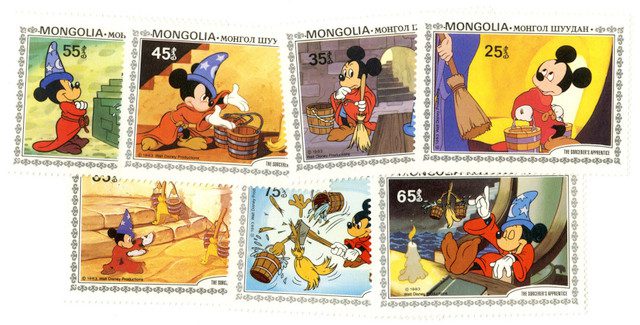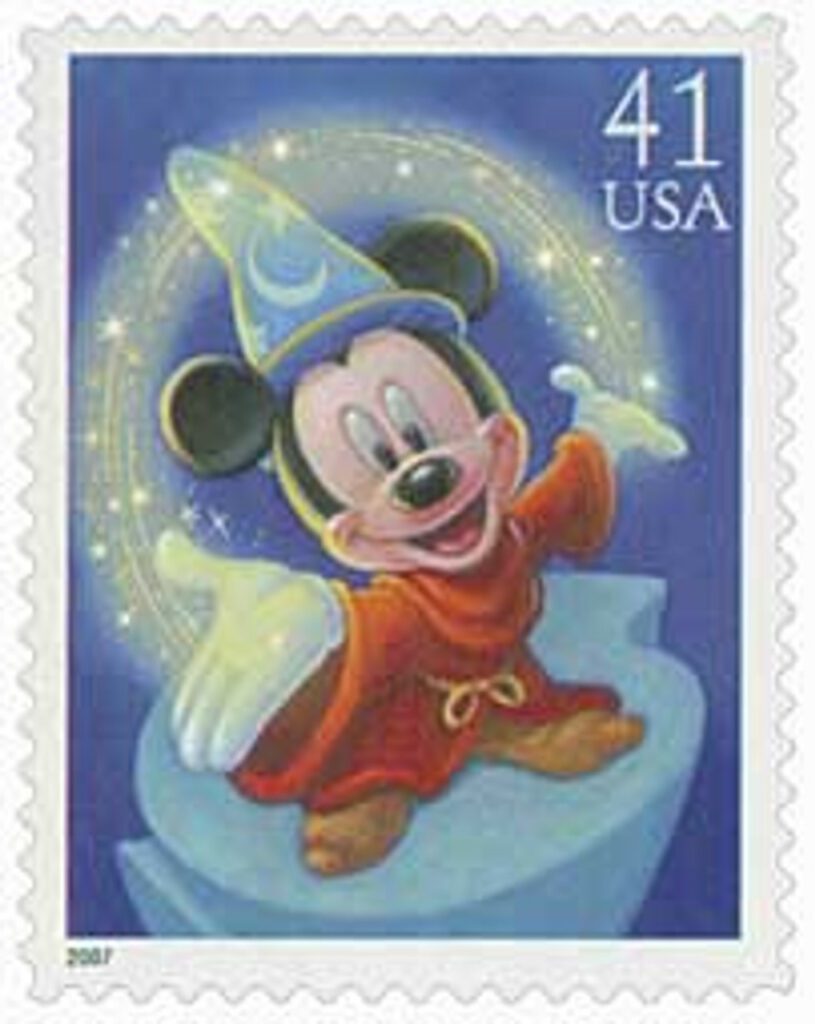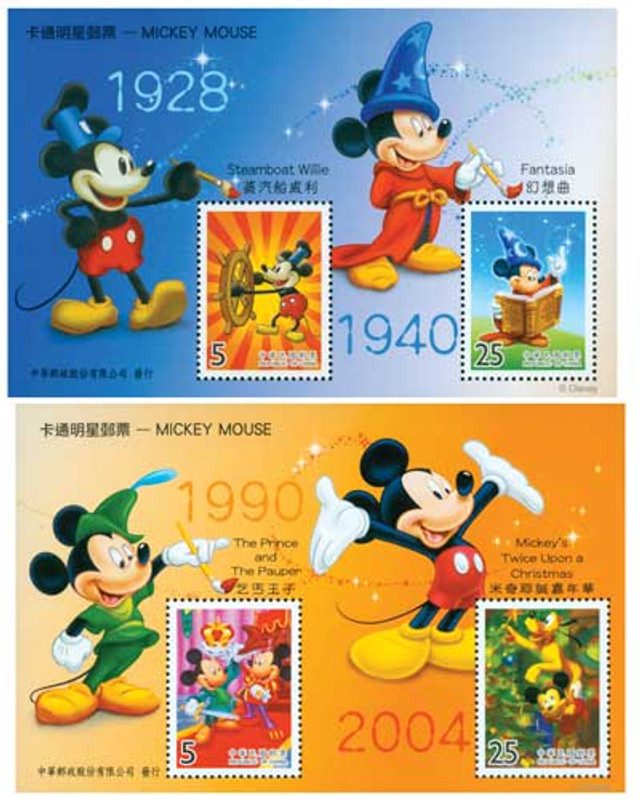On November 13, 1940, Walt Disney premiered Fantasia—a film unlike anything audiences had ever seen. Combining animation and classical music, Fantasia was a bold experiment in art, sound, and imagination. It pushed the boundaries of animation and transformed film into something that could be felt as much as seen.
The story of Fantasia actually began with one short piece—“The Sorcerer’s Apprentice.” Walt Disney created it to revive the career of his most famous character, Mickey Mouse. By the late 1930s, Mickey’s popularity had begun to fade. Characters like Donald Duck and Goofy had stolen the spotlight with their distinct personalities—Donald’s fiery temper and Goofy’s lovable clumsiness. Mickey, by contrast, had become too polite and passive to compete. Audiences no longer found him as funny or exciting as before.
Disney decided that Mickey needed a grand comeback. He wanted a story where Mickey could shine without depending on dialogue, since Disney himself admitted that the mouse’s squeaky voice had grown irritating to audiences. The ancient tale of “The Sorcerer’s Apprentice,” originally a poem by Goethe and later set to music by French composer Paul Dukas, provided the perfect vehicle. It told the story of an eager apprentice who uses his master’s magic to do chores but loses control of the power he unleashes. The story’s humor, mischief, and fantasy suited Mickey perfectly.

“The Sorcerer’s Apprentice” became Mickey’s finest role and remains the most beloved segment in Fantasia. It also symbolized Walt Disney’s deep affection for his creation—something made clear by the name of the powerful sorcerer, “Yen Sid,” which is “Disney” spelled backward. Some have claimed that Dopey, the lovable dwarf from Snow White and the Seven Dwarfs, was originally meant to star in the short, pointing to Mickey’s oversized robe and expressive gestures that resemble Dopey’s. However, Disney denied the rumor, insisting the part was always meant for Mickey.
To bring Dukas’s music to life, Disney enlisted Leopold Stokowski, the famous conductor of the Philadelphia Orchestra. Stokowski was known for his dramatic style and enthusiasm for innovation, making him an ideal collaborator. He conducted the music for “The Sorcerer’s Apprentice” using local musicians, and he was so impressed with the animation that he encouraged Disney to expand the project. He proposed creating a series of animated segments based on classical compositions—a “concert feature.” The idea thrilled Disney, and from that spark, Fantasia was born.
The project quickly grew beyond anyone’s expectations. Disney told his artists to use every color imaginable, with no restrictions. The results were spectacular: in one scene alone, the leaves on a single tree display over forty-seven shades of green. Every frame of Fantasia was hand-painted, resulting in one of the most visually stunning films ever made. It combined art, music, and motion in a way that had never been attempted before.
When Fantasia premiered in 1940, it was Disney’s third animated feature film, following Snow White and the Seven Dwarfs and Pinocchio. Critics today regard it as one of his most ambitious and creative works. But at the time, audiences were puzzled, and the movie struggled financially. One major problem was its revolutionary sound system, called “Fantasound,” which created a stereophonic effect unheard of in theaters. Only a few theaters could afford the expensive equipment, severely limiting the film’s reach.
Music critics were also divided. Some praised the bold combination of classical music and animation, while others were horrified that Disney had altered famous scores to fit his visuals. On top of that, World War II prevented the film’s release in Europe, cutting off a large portion of its potential audience. Yet perhaps the biggest obstacle was that Fantasia was simply too far ahead of its time. Its experimental nature and abstract sequences confused many viewers in 1940, but later generations would come to appreciate its innovation and artistry.
Over time, Fantasia found the recognition it deserved. During the late 1960s and 1970s, it became a cult favorite, especially among younger audiences who embraced its imaginative visuals and sweeping music. What once seemed strange now felt visionary. The film earned an Academy Award Certificate for “unique achievement in the creation of a new form of visualized music,” honoring Disney’s groundbreaking fusion of sight and sound.
Fantasia was more than a movie—it was a declaration that animation could be art. Walt Disney’s daring ideas, from early concepts of widescreen projection and 3D effects to the notion of pumping scents into theaters, revealed his constant drive to innovate. Though it struggled at first, Fantasia ultimately proved that creativity and risk-taking could lead to timeless beauty. Today, more than eighty years after its premiere, it remains one of Disney’s greatest masterpieces—a dazzling blend of music, color, and imagination that continues to inspire artists and audiences around the world.
Click here for lots more Disney stamps.
Click here to watch “The Sorcerer’s Apprentice” portion of Fantasia.
| FREE printable This Day in History album pages Download a PDF of today’s article. Get a binder or other supplies to create your This Day in History album. |
Discover what else happened on This Day in History









Saw a special presentation of Fantasia in the mid 70’s. Probably a 35th anniversary type doings. Was in a theater with the really wide panoramic screen and super sound system. This was just before the start of the computer generated graphics in films to be brought in from Star Wars and the like.
Remember being absolutely amazed at the work and detail that had been done for a hand drawn/painted animation movie. There have been some great CGI movies, but none have given me that same feeling of awe that came from that presentation of Fantasia. Blu-ray on a big screen is probably OK. But Fantasia owns the room when shown in proper theater.
Thanks Mystic for background on a wonderful movie through stamps.